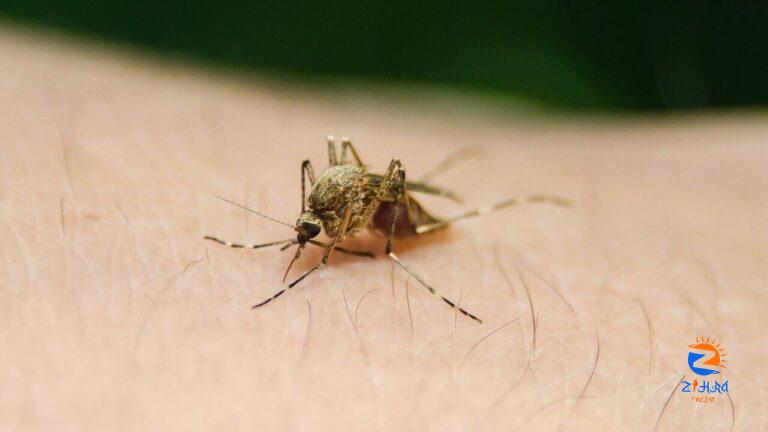
[ad_1]
New Delhi: The health ministry has reinitiated a nationwide campaign aimed at eliminating lymphatic filariasis, a vector-borne disease also known as elephantiasis. It ranks as India’s second most common mosquito-borne parasitic disease after malaria.
This effort is part of a phased strategy announced last year, targeting the disease’s eradication by 2027.
The campaign, which involves a mass drug administration (MDA) strategy, is especially critical as climate change is believed to be exacerbating the spread of lymphatic filariasis through rising temperatures.
As per health ministry data, in 2020 India accounted for about 40% of global lymphatic filariasis cases. The ministry had then claimed that it is endemic in 257 districts of 16 states and five union territories, with about 650 million people in these places at risk of developing it.
Bihar, Jharkhand, Uttar Pradesh and Odisha contribute the highest number of cases.
Mint takes a closer look.
What is lymphatic filariasis?
Lymphatic filariasis, or elephantiasis, is a neglected disease transmitted to humans through mosquito bites, leading to infection by filarial parasites. Often contracted in childhood, it damages the lymphatic system, causing disfigurement and potentially permanent disability.
Signs and symptoms
The disease manifests in three stages: asymptomatic, acute, and chronic.
Most infections do not show symptoms yet still damage the lymphatic system and kidneys, and alter immune responses while contributing the transmission of the parasite.
Chronic conditions result in lymphoedema (limb swelling) or elephantiasis (skin and tissue thickening), and hydrocele (scrotal swelling).
How does it spread?
The disease is the result of infection by nematode parasites (roundworms) belonging to the Filariodidea family, which are spread via bites from infected mosquitoes. These mosquito bites transmit larvae that enter the body and migrate to the lymphatic vessels, maturing into adult worms and perpetuating the cycle.
Control measures
The World Health Organization (WHO) and the health ministry recommend mass drug administration (MDA) as the primary strategy for control. This involves annual medication doses for at-risk populations, targeting a reduction in microfilariae density to prevent further spread.
Recommended medications include Albendazole, Ivermectin, Diethylcarbamazine citrate, and combinations thereof.
Government initiatives
Last week, the ministry launched the first phase of a bi-annual nationwide MDA campaign to curb lymphatic filariasis, distributing free preventive medication in high-burden districts across states such as Bihar, Uttar Pradesh, and West Bengal, among others.
Covering 92 districts in 11 states over two weeks, this campaign aligns with India’s goal to eliminate the disease by 2027, ahead of the global target. The ministry seeks to foster collaboration across various departments and local governing bodies aiming at a grassroot movement.
Impact of climate change on lymphatic filariasis?
Experts link the spread of vector-borne diseases like lymphatic filariasis to climate change, which alters temperatures, humidity, and rainfall patterns, affecting mosquito populations and disease transmission. Even slight temperature increases can expand mosquito habitats to higher elevations, raising the risk of lymphatic filariasis transmission.
[ad_2]